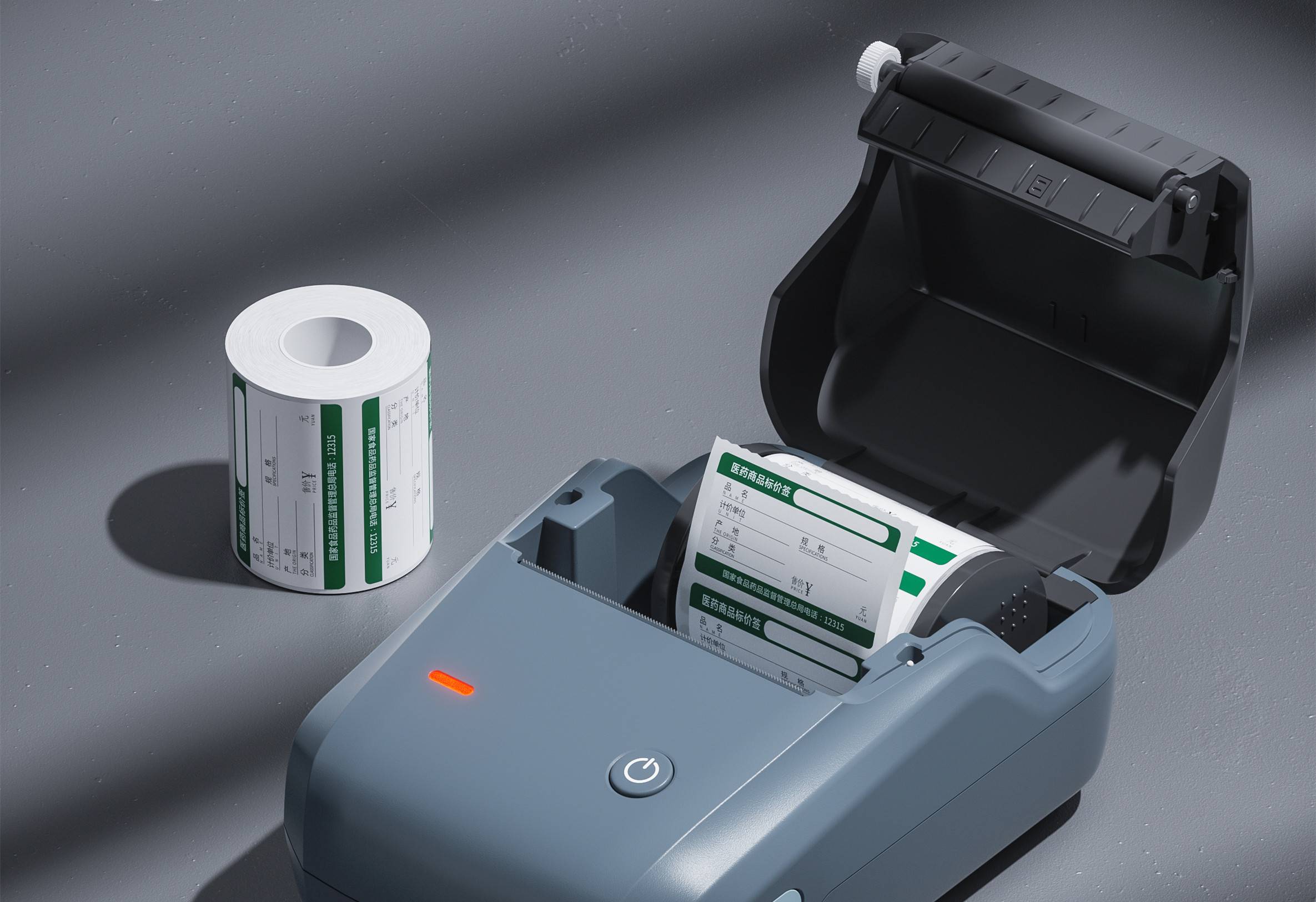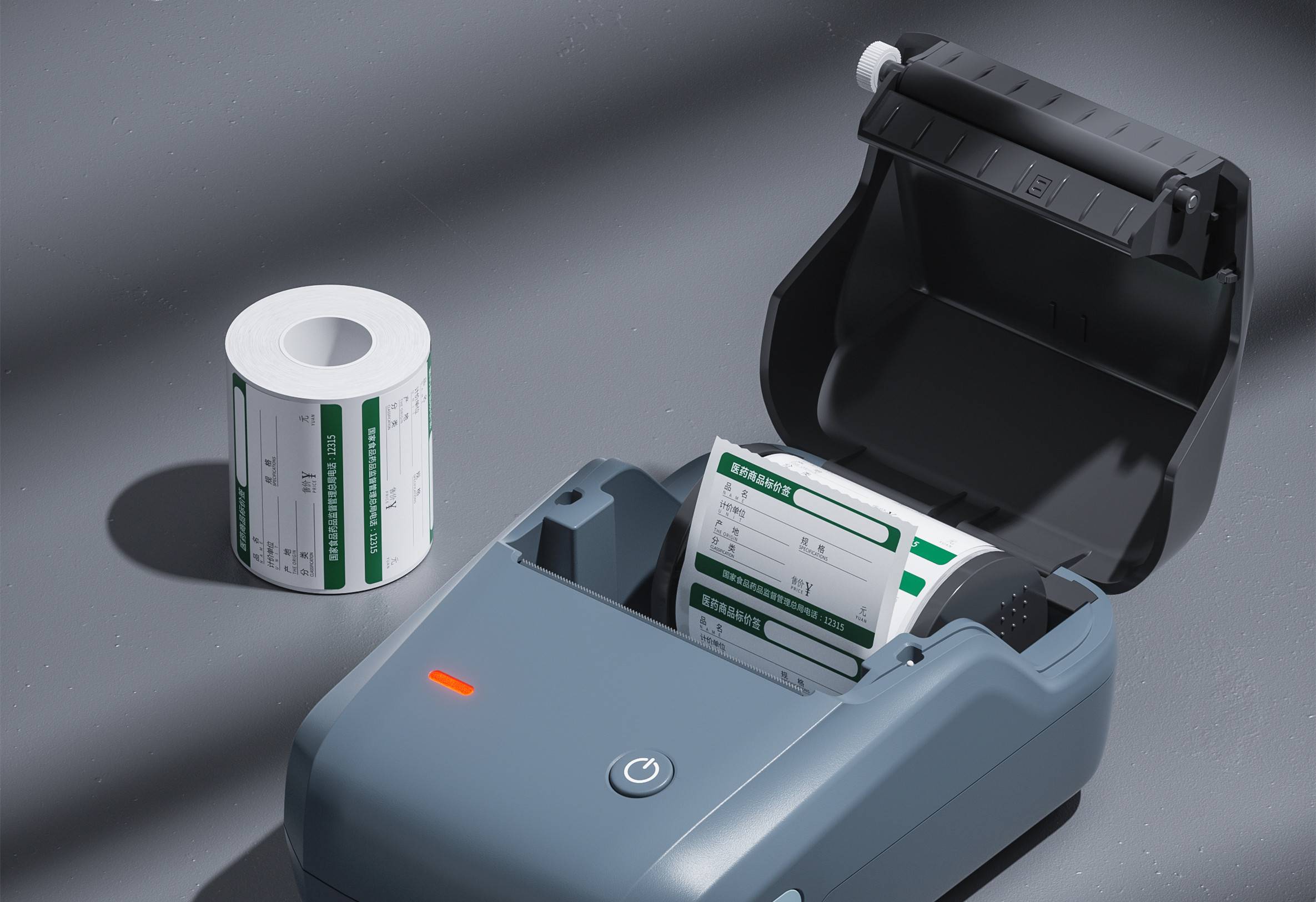
Project Introduction
The purpose of the low-temperature test is to test whether the specimen can be stored, manipulated and controlled in a long-term low-temperature environment, and to determine the adaptability and durability of military and civilian equipment for storage and work under low-temperature conditions. Physical and chemical properties of materials at low temperatures. The standard has specifications for pre-test treatment, initial test, sample installation, intermediate detection, post-test treatment, heating rate, temperature cabinet load conditions, and volume ratio between the measured object and the temperature cabinet.
The failure mode of the test piece under low temperature conditions: the parts and materials used in the product may crack, embrittle, the movable part is stuck, and the characteristics change at low temperature.
Effect of low temperature
1. Make the material hard and brittle;
2. The viscosity of the lubricant increases, the flow capacity decreases, and the lubrication effect decreases;
3. The performance of electronic components has changed;
4. Water condensation and icing;
5. Seal failure;
6. The mechanical structure changes caused by the shrinkage of the material.
Application range
The low temperature test is mainly used for scientific research, the preservation of medical supplies, biological products, ocean products, electronic components, chemical materials and other low temperature experiments and storage of special materials.
Method Standard
GB/T2423.1-2008 "Environmental Testing of Electrical and Electronic Products Part 2: Test Method Test A: Low Temperature"
IEC 60068-2-1:2007 "Environmental Testing of Electrical and Electronic Products Part 2: Test Methods Test A: Low Temperature"

Label printers entering the Brazilian market, ANATEL certification is an essential passport! It is the recognition of the Brazilian Telecommunications Authority for the safety and compliance of electronic products, without which products cannot be legally sold.

SRRC certification is not only a guarantee of product compliance, but also a key to opening up the market.

FCC ID certification is a mandatory certification for electronic products by the Federal Communications Commission (FCC) in the United States, and it is essential for label printers to obtain this certification.
The purpose of the low-temperature test is to test whether the specimen can be stored, manipulated and controlled in a long-term low-temperature environment, and to determine the adaptability and durability of military and civilian equipment for storage and work under low-temperature conditions.
Get a quote